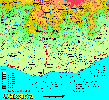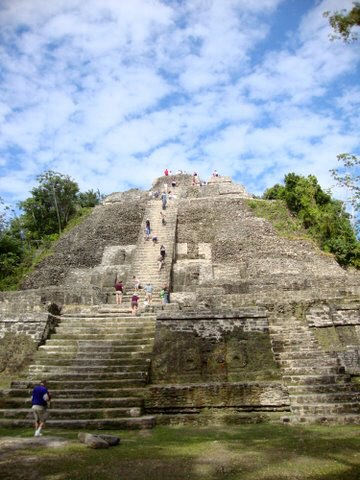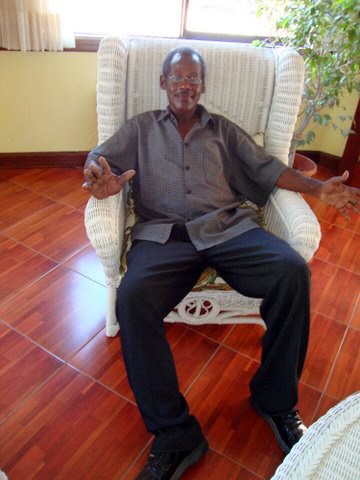Exploring Belize
An excursion to Belize
by Sheila Clarke palomaspto@yahoo.com
January 2011
|

| |
Sheila Clarke, who has been teaching English in her own small language institute in Puerto Escondido since 1993, writes a monthly letter/essay for her family and friends. In her January 2011 letter she wrote about her recent trip to Belize. - tomzap
|
|
|


![]() www.tomzap.com
www.tomzap.com
![]() Tom Penick:
tom@tomzap.com
Tom Penick:
tom@tomzap.com